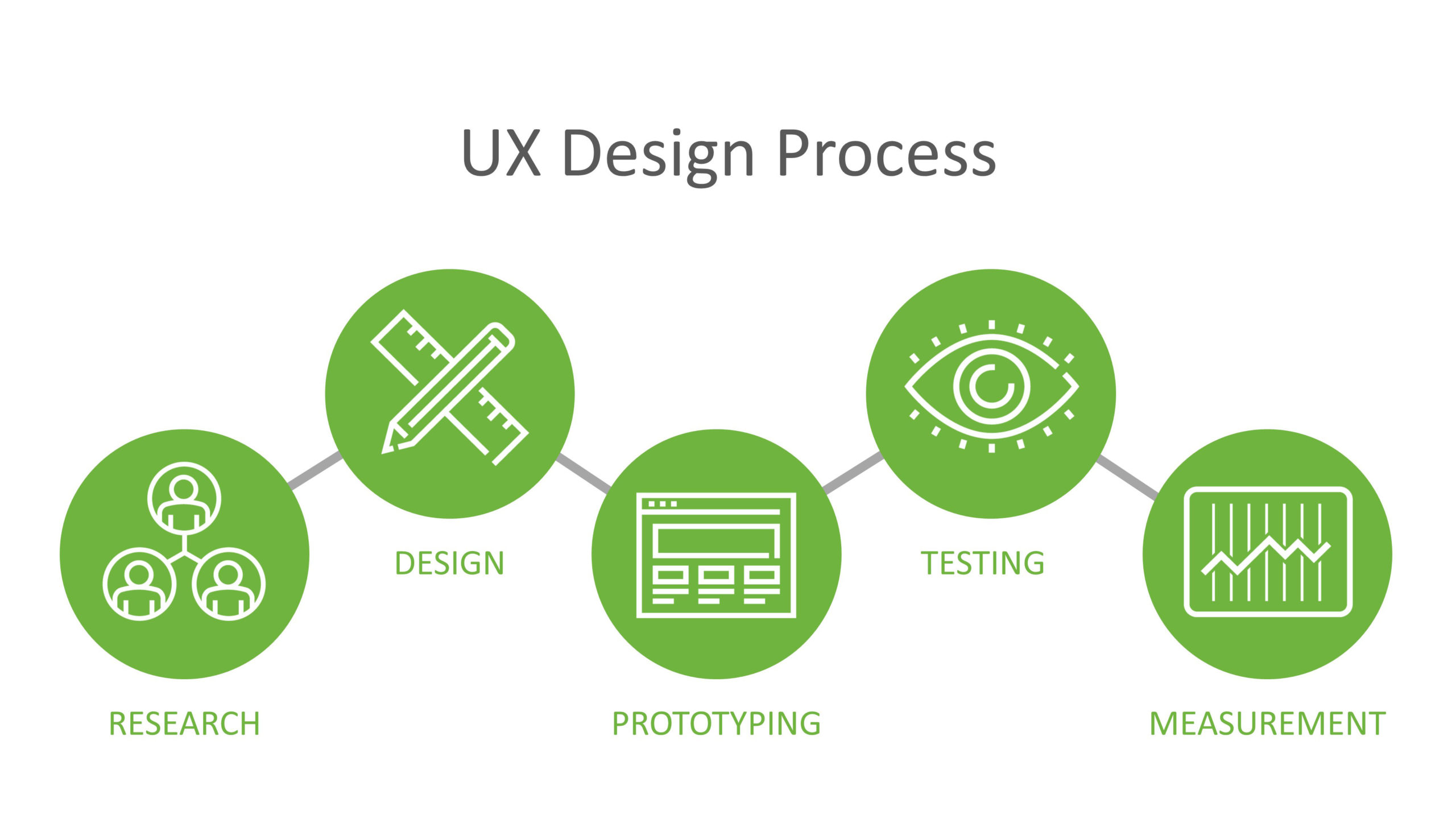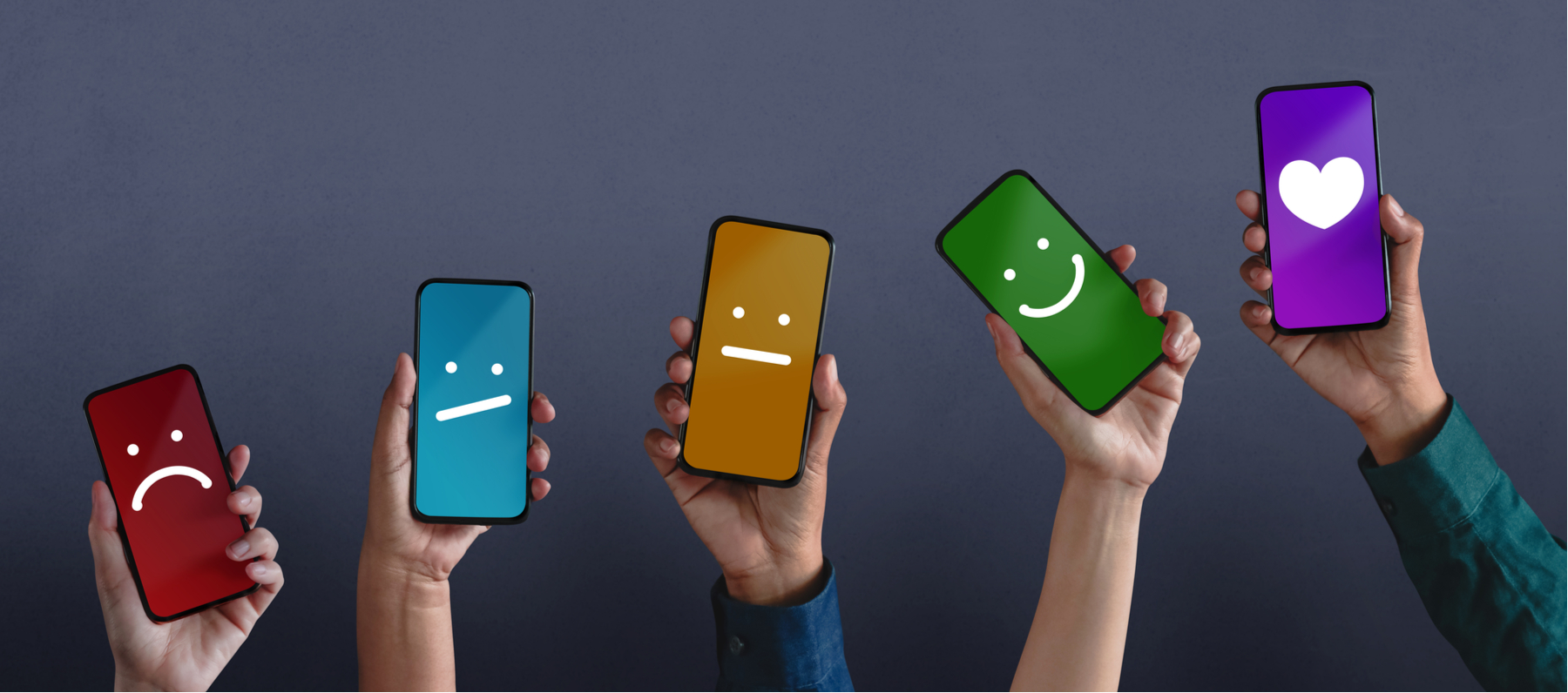Ux. One of those abbreviations that was new for about 10 seconds before everyone knew what it was and started implementing it. User experience (UX). Why does it matter and what should you know about it?
Many websites, organizations, and publications profess to be experts in UX. Ultimately, UX encompasses an array of methods that not only help solve users’ problems, but together, offer a rich experience. UX is more than simply the interaction a user experiences when on a website. UX takes participation to the next level by meeting the expectations of what the user is looking to accomplish and providing a matching experience that is useful, valuable, and enjoyable. No company can be successful if it does not prioritize creating an experience that meets customers’ needs, and more importantly, their expectations.
What is Good UX Design?
Essentially, UX is the way we live today—using tech tools that are simple and useful. UX practices are everywhere and expectations are higher as customers demand more.
Good UX takes into consideration understanding the factors that enhance an audience’s knowledge base. The key is to create an experience that meets the needs of customers in a pleasurable way. A one-size-fits-all approach does not work—the experience must be customized and yet versatile to address audience needs.
UX is determined by technical, logical, emotional, sensational, and transformational factors. But for it to be truly effective in the business realm, it must show value in its return on investment. UX stands out in providing a service—to be better, faster, smarter, and ultimately serve a need. The necessity to constantly improve the customer experience has created a competitive landscape since many platforms are vying for similar customers. How to build and maintain customer loyalty in a competitive environment is the question.
 Measuring Effectiveness
Measuring Effectiveness
The most effective UX metrics are unique to the experience. Artificial intelligence (AI) is helping to deliver better experiences. Andrew Moore, former dean of the School of Computer Science at Carnegie Mellon University, describes AI as “the science and engineering of making computers behave in ways that, until recently, we thought required human intelligence.”1 In medical education, for example, AI, with machine-learning predictors, can recommend the next level of content to supplement a user’s education. Metrics, such as minimizing clickthroughs, keep users engaged and remove barriers that impede flow.
Usability takes into consideration visual aspects and speed (rapid direction to information) in a logical flow that walks a fine line between being stimulated or overloaded. However, above all, for any system to function well, the user must perceive it as enjoyable and informative. Ultimately, with so much competing for an audience’s attention in this age of information, the question remains—does the application enhance one’s life and/or knowledge base?
Multisensory Learning as a Tool to Increase Education
Our everyday experiences involve multisensory learning. UX provokes physiologic responses by way of stimuli received by the senses. Just as theme park simulators trigger all the senses, UX can provoke the user to learn in multisensory environments.2 Good UX is about solving customer needs. Companies have not yet harnessed the full power of this technology.
Giving Audiences What They Want
To show effectiveness in the UX, algorithms collect feedback data and match them to outcomes based on any number of metrics: company/customer goals or user feedback. Speaking with Andrea Gaymon, MEd, UXC, Chief Experience Officer, Healio, who spearheaded the new look and feel of one such healthcare professional educational site, the key is to understand audience needs and give solutions that provide what they want and when they want it.
Gaymon led her team through the UX process to better understand how healthcare customers were accessing content on the platform in order to re-engineer the experience to better serve their needs. They found engaged users were more likely to participate and less likely to drop out when the platform was simplified and followed usability norms. “I see so many companies release a beta explaining how to use their new products,” says Gaymon. “If we have done all our research, followed web usability norms—we should not have to train our busy, healthcare practitioners on how to use our site.”
A well-designed site removes any barriers to access for the end user as well as supports spatial memory. If doctors “hate” their computers and feel “trapped” by the technology as noted in a New Yorker (2018) article about electronic health records,3 what shift has happened to make the use of digital information more mainstream? Another insight Gaymon’s team obtained: healthcare professionals will return to sites they know and trust. They want to know re-accessing the site is a simple click away and improves their life, whether professional, personal, or educational, especially in the era of questioning sources of authority. They want the versatility of flagging content of interest on one device to return to on another device later, knowing it will look the same no matter the platform.
The Future
Given the rapid online learning that resulted in the COVID-19 era, the integration of information technology in education will be further accelerated.4 Data show that online learning has many more advantages than in-person learning. Learners can proceed at their own pace and review concepts or engage with others on chat boards. Just as online learning will linger long after the pandemic is resolved, so too will sophisticated technology that helps solve user problems and improve experiences in medical education. Organizations that work to understand their customer’s needs, pain points, and problems will have a greater likelihood of creating and using technology to provide solutions and help maintain and sustain relationships with the brand platform.
References:
1. “Carnegie Mellon Dean of Computer Science on the Future of AI.” Forbes. https://www.forbes.com/sites/peteFrhigh/2017/10/30/carnegie-mellon-dean-of-computer-science-on-the-future-of-ai.
2. Shams, L. & Seitz, A.R. (2008). “Benefits of Multisensory Learning.” Trends Cogn Sci. 2008 Nov;12(11):411-7. doi: 10.1016/j.tics.2008.07.006.
3. Gawande, A. (2018). “Why Doctors Hate Their Computers.” Annals of Medicine. The New Yorker. https://www.newyorker.com/magazine/2018/11/12/why-doctors-hate-their-computers.
4. Li, C. & Lalani, F. (2020). “The COVID-19 Pandemic has Changed Education Forever. This is How.” The World Economic Forum COVID Action Platform. https://www.weforum.org/agenda/2020/04/coronavirus-education-global-covid19-online-digital-learning.









